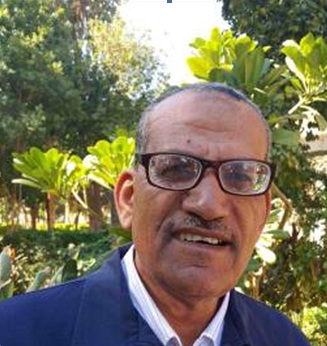The Hammamat sediments at the Upper stream of Wadi El Miyah, Central Eastern desert of Egypt, occupy two isolated basins separated from each other by metavolcanics associated with their equivalent volcanoclastics and intruded by the younger granites.
In the Eastern basin, the Hammamat succession rests unconformably over the metavolcanics, with basal conglomerates up to 5 m thick, and four distinct phases of deformation have been recorded. These phases of deformation are arranged in a time sequence from early folding, low angle thrusting, open folding and finally listric faulting. In contrast, the Hammamat sediments in the western basin are less deformed; therefore the primary structures such as graded bedding, ripple marks and rain drop prints are still preserved. This fact is supported by microscopic studies of the mineral assemblages which indicate that the degree of metamorphism in the eastern basin reaches the biotite zone while in the western basin it falls within the chlorite zone.
The structural style and tectonic situation suggest that the Hammamat sediments in the up-stream of Wadi El Miyah are incorporated in a folded and thrusted Pan-African belt.

